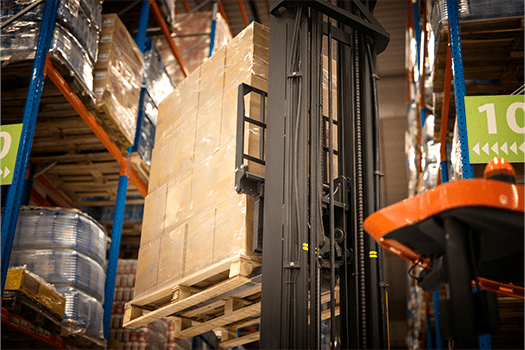Freight elevators, also known as goods elevators or cargo elevators, are specialized types of elevators designed to transport goods, materials, and heavy loads between different floors within a building. Unlike passenger elevators, which are primarily designed for transporting people, freight elevators are optimized for carrying heavy and bulky items, making them essential in various commercial, industrial, and institutional settings.

Load Capacity:
Freight elevators have higher load capacities compared to passenger elevators, allowing them to transport heavy loads, equipment, machinery, and even vehicles.
Size and Dimensions:
Freight elevators come in various sizes and configurations to accommodate different types of cargo. Some freight elevators can be quite large to accommodate oversized items.
Door Configurations:
Freight elevators often have larger and sturdier doors to facilitate the loading and unloading of cargo. These doors may be hinged or sliding, depending on the design.
Loading and Unloading:
Freight elevators may be equipped with ramps, roll-up doors, or specialized equipment to aid in loading and unloading cargo. This makes them well-suited for industrial and warehouse environments.
Interior Protection:
Freight elevators are designed to withstand the wear and tear of moving heavy and sometimes sharp-edged cargo. The interior may include features such as durable flooring and wall protection.
Safety Features:
Safety features in freight elevators include overload sensors, emergency stop buttons, interlocks, and mechanisms to prevent the elevator from operating if the doors are not properly closed.
Control Options:
Some freight elevators allow for manual control by an operator, especially when precise positioning of the cargo is required.
Dual Use:
In some buildings, freight elevators might serve dual purposes, transporting both goods and personnel, especially in settings like hotels or office buildings where deliveries need to be coordinated with regular passenger traffic.
Industrial Use:
Freight elevators are commonly used in factories, warehouses, distribution centers, and manufacturing facilities to move raw materials, finished products, and heavy machinery.
Retail and Restaurants:
In retail settings, freight elevators can be used to transport merchandise between different floors. In restaurants, they can facilitate the movement of supplies and equipment.
Safety Regulations:
Freight elevators are subject to safety regulations and standards to ensure safe operation and prevent accidents during loading, unloading, and transportation.
Energy Efficiency:
Some modern freight elevators are designed with energy-efficient features to optimize power usage, especially in high-frequency usage scenarios.
Customization:
Depending on the specific needs of the business or facility, freight elevators can be customized to include features such as dedicated access controls, lighting, and finishes.
